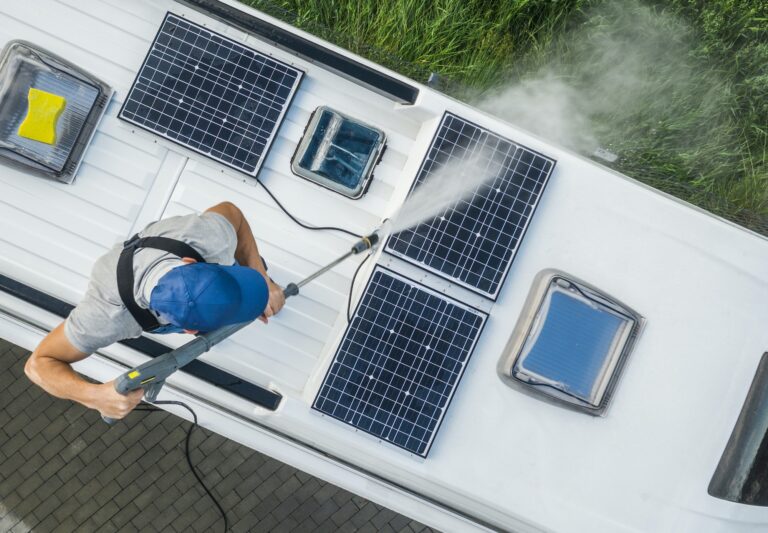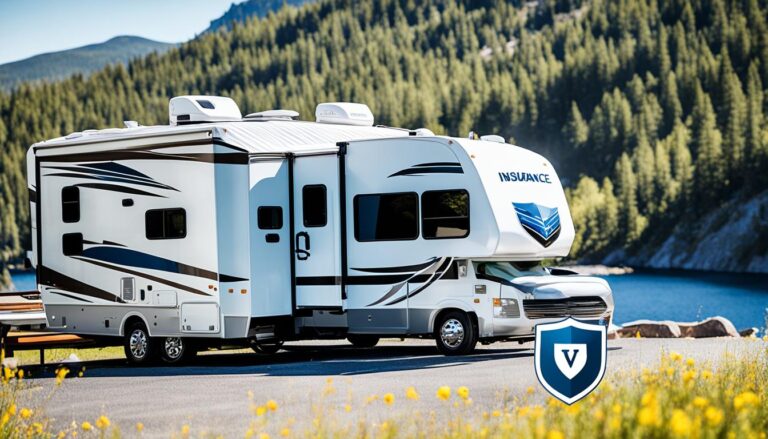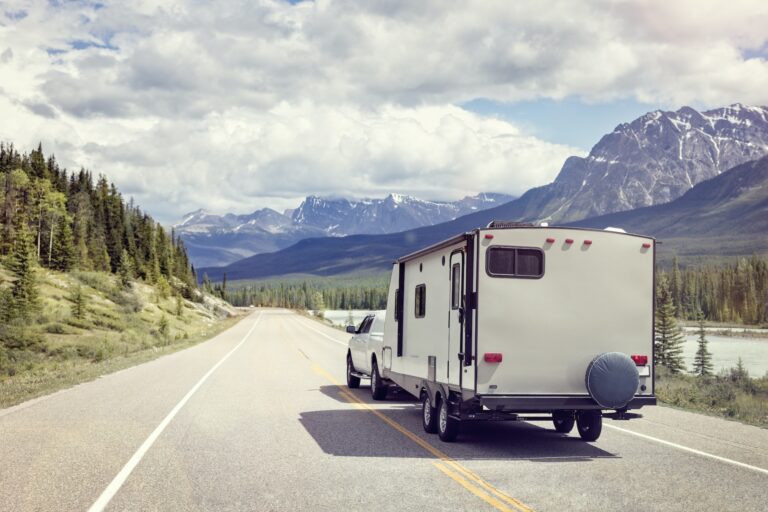Embarking on an adventure in the comfort of a recreational vehicle (RV) is a dream for many. However, the purchase of an RV can be a substantial investment, similar in complexity to buying a home or car. For first-time buyers, navigating the RV financing process can be daunting. This blog post aims to demystify this process by providing a comprehensive step-by-step guide for prospective RV owners.
Understanding RV Financing
RV financing is similar to mortgage financing. The vehicle itself acts as collateral, and, depending on your credit history and the lending institution, you can get a loan term ranging from 10 to 20 years. Interest rates can vary based on factors such as your credit score, the loan term, and the age and type of the RV.
Step by Step Guide to RV Financing
- Determine Your Budget
Before you start shopping for an RV, it’s crucial to establish a realistic budget. This should include the cost of the RV itself, insurance, maintenance, storage, and operational costs such as fuel and campsite fees. Also, consider the length of the loan term as it can significantly impact the total amount you pay over time. - Check Your Credit Score
Your credit score is a vital factor in the RV financing process. Lenders use it to assess your creditworthiness and determine your interest rate. You can obtain your credit report for free once a year from each of the three major credit reporting agencies: Experian, TransUnion, and Equifax. If your score is less than stellar, consider delaying your purchase while you work on improving it. - Research and Compare RV Models
Once you understand your budget and credit score, you can start shopping for an RV. Consider factors such as the size, type (e.g., motorhome, travel trailer), brand reputation, and how you plan to use the RV. It’s also a good idea to read online reviews, visit RV shows, and talk to experienced RV owners. - Secure Pre-Approval for an RV Loan
Getting pre-approved for a loan can give you a clearer picture of what you can afford and puts you in a stronger position when negotiating with sellers. You can apply for pre-approval through banks, credit unions, or online lenders. The lender will perform a hard credit check and provide you with the maximum amount you can borrow, the interest rate, and the terms of the loan. - Negotiate the Purchase Price
Once you’ve found the RV of your dreams and secured pre-approval, it’s time to negotiate the purchase price. Don’t be afraid to haggle and remember, the sticker price is often just a starting point. Use your pre-approval as leverage and be prepared to walk away if the dealer isn’t willing to meet your terms. - Finalize Your RV Loan
After you’ve agreed on the price, you’ll need to finalize your RV loan. This will involve providing the lender with detailed information about the RV, including the make, model, year, and VIN. The lender will then draw up a purchase agreement, which you’ll need to review carefully before signing. Ensure that all details are as agreed and ask for clarification if anything is unclear. - Close the Deal and Get Insured
Once the loan is finalized, you can close the deal. At this point, you’ll need to get your RV insured. RV insurance can vary significantly based on the type of RV, how much you plan to use it, and the level of coverage you want. Shop around for the best rates and ensure you’re adequately covered.
Key Tips for RV Financing
- Shop Around for the Best Loan: Don’t just accept the first loan offer you receive. Different lenders have different rates and terms, so shop around to get the best deal.
- Consider a Down Payment: While some lenders offer 100% financing, a down payment can help reduce your monthly payments and interest costs.
- Beware of Long Loan Terms: While a longer loan term means lower monthly payments, it also means you’ll pay more in interest over the life of the loan.
- Pay Attention to Extra Costs: Don’t forget to factor in expenses like insurance, maintenance, and registration fees when calculating your RV budget.
- Keep Your Credit Score High: A lower credit score can result in higher interest rates. Always pay your bills on time, avoid maxing out your credit cards, and don’t apply for new credit too often.
Embarking on the journey of RV ownership can be both exciting and intimidating. However, with careful planning, research, and a clear understanding of the financing process, you can navigate this path with confidence. Happy travels!






